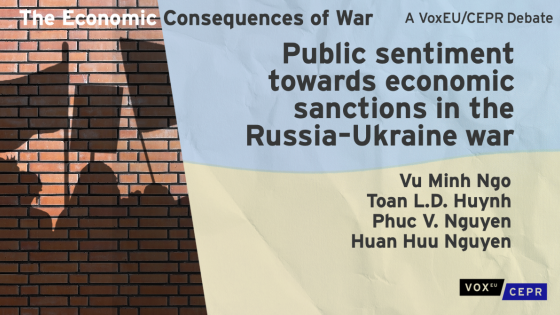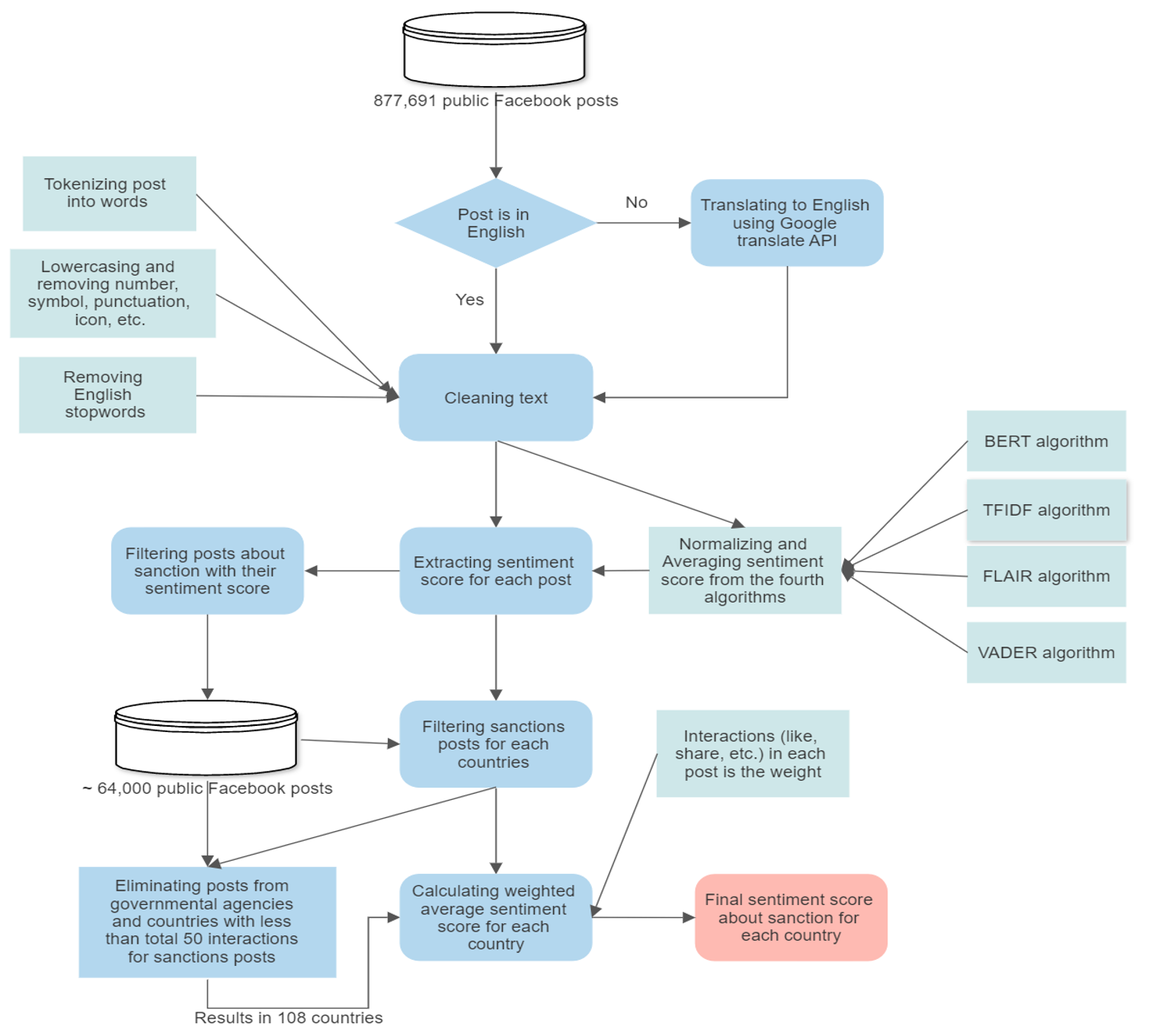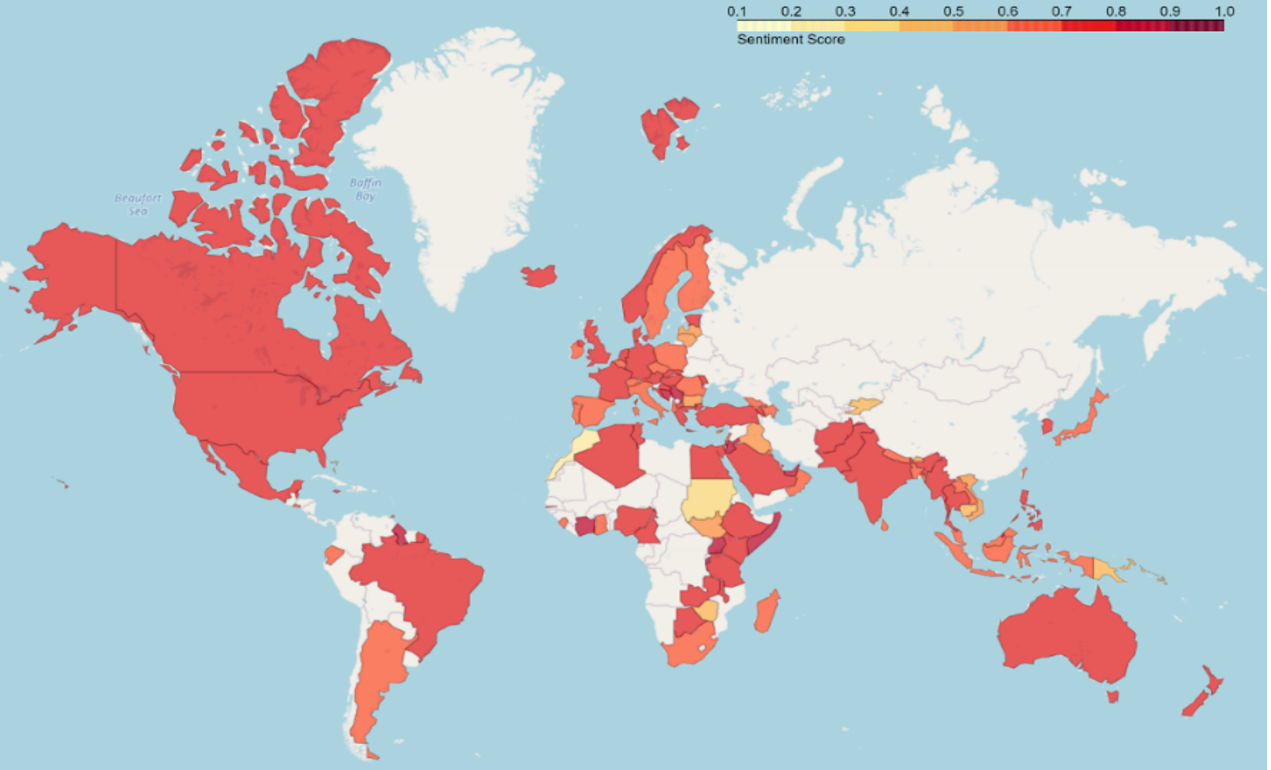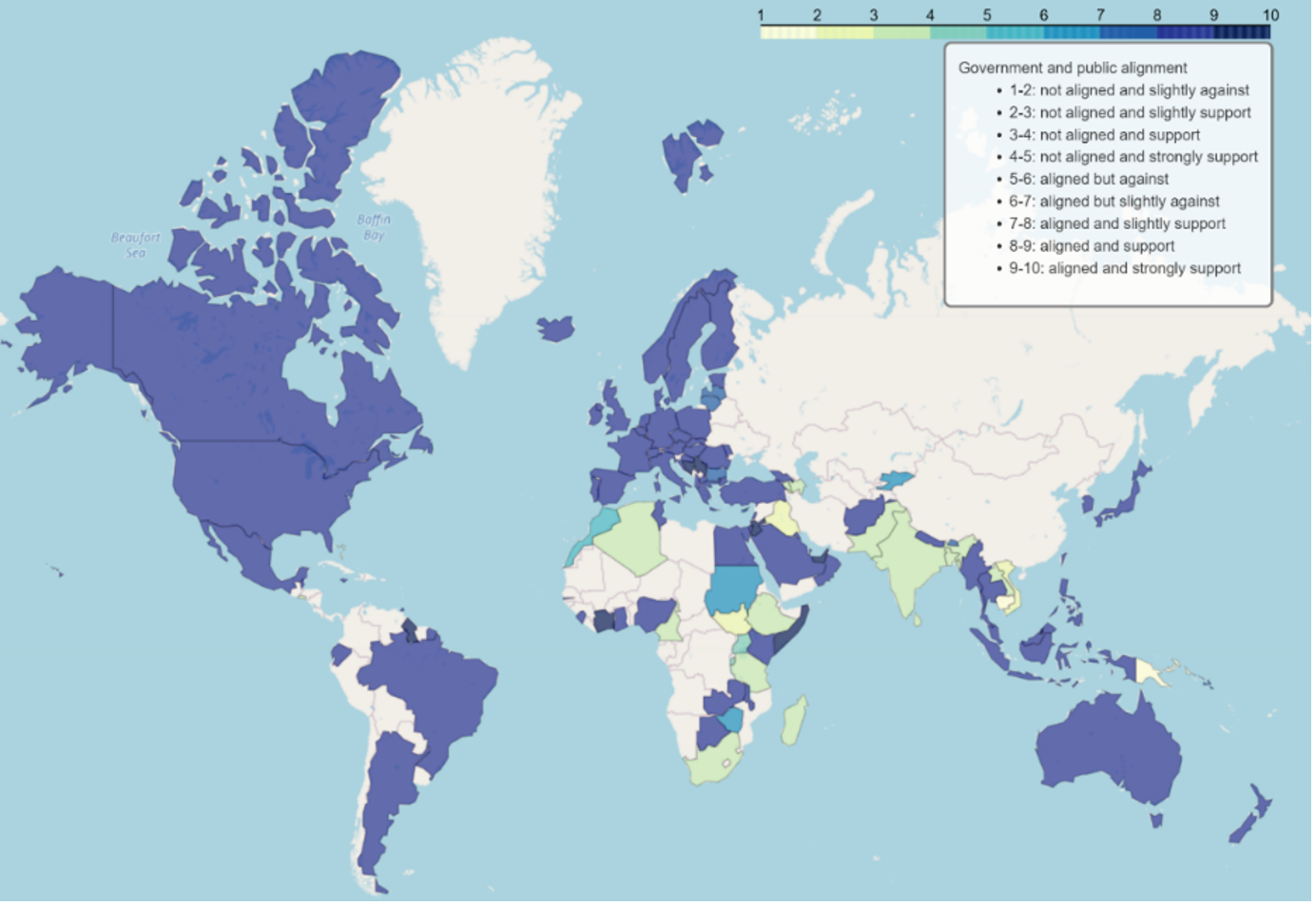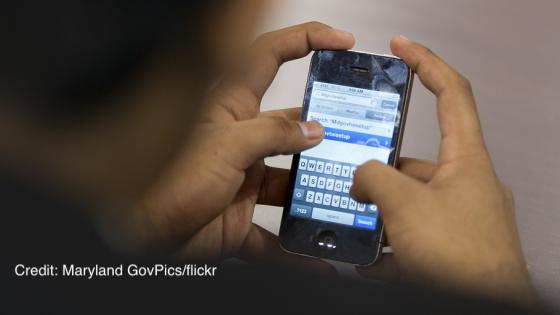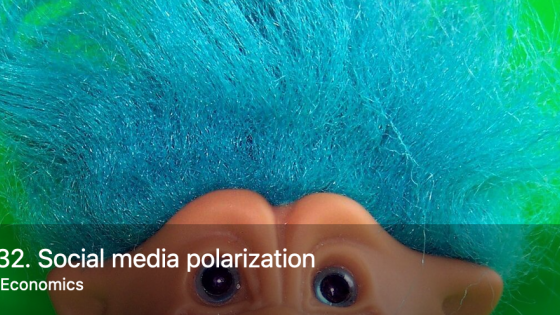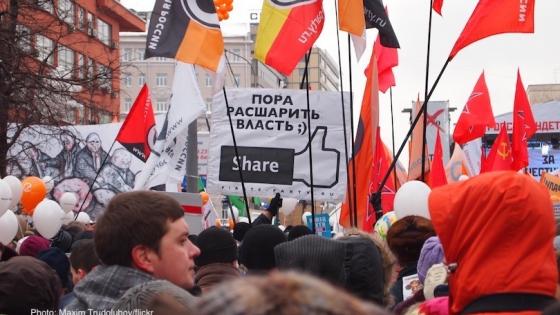The Russian invasion of Ukraine has been condemned as an unprovoked act of war. While the Western media has been full of criticism and condemnations of this war, some nations, particularly those part of Russian alliances, have adopted Putin's narrative and labelled it a “special military operation”. Hence, information about this war will diverge between various independent sources, which in turn means it will likely lead to the public holding diverse beliefs. Given the growing momentum of literature in quantifying sentiment based on twitter (Gorodnichenko et al. 2018), newspapers (Aguilar et al. 2021), and books (Saltzman and Yung 2018), our study (Ngo et al. 2022) sheds new light on the textual analysis approach by using social media posts regarding the recent war. To address this gap, we have analysed public sentiment regarding the Russia–Ukraine war by looking at nearly one million Facebook posts from 108 countries through a combination of four cutting-edge textual analysis approaches. We highlight how political regimes and trade relations can predict how people perceive this war and the geographical heterogeneity between government stances and public sentiment.
Sentiment index constructions
The big data from Facebook were collected to investigate social media discourses related to the Russia–Ukraine conflict from 1 February to 31 March, covering the most intensive period of the conflict, which began on 24 February. The processes to extract sentiment scores in public posts about sanctions are presented in Figure 1. There were five main sequential steps to perform the text analyses of public posts from Facebook: (1) cleaning the text; (2) translating the text into English; (3) tokenisation, cleaning the text, and removing stop-words; (4) conducting frequency and network analysis of terms and bigrams; and (5) constructing the public sentiment by using the four state-of-the-art approaches, including BERT, TF-IDF (Go et al. 2009), Flair, and Vader (Hutto and Gilbert 2014). Among these four machine-learning models employed in constructing the public sentiment, BERT and Flair are pre-trained models, while the rest are trained models.
The weighted average sentiment scores (based on the number of interactions of each post) for each country from these four models were used as the final score to measure the extent to which the text reflected positive or negative public sentiment. All four machine-learning approaches produce a metric to represent the likelihood of positive sentiment. For example, Vader and Flair use a range from -1 to 1 (negative to positive), and BERT and TF-IDF use a range from 0 to 1 (negative to positive). To ensure consistency, we converted all metrics to the same scale of 0 to 1. As a result, we classified a score as positive if it was greater than 0.5 and as negative if it was less than 0.5. The details for the index and construction methodology can be found in Ngo et al. (2022).
Figure 1 Process for extracting sentiment score about sanctions for each country
Applying the sentiment index to the Russia–Ukraine war
This is the first study of public sentiment in a disruptive social event that attempts to map sentiment scores for a large number of countries globally. Around 64,000 posts in the sample were used to extract public sentiment on this area. Excluding countries with fewer than 50 interactions, public sentiment scores in 108 countries were calculated and are presented in the work of Ngo et al. (2022). Figure 2 shows that the most popular themes centred around the military operations, key political leaders and organisations, global attempts to stop the war using economic sanctions and diplomatic channels, humanitarian concerns, energy and oil prices, and the role of the media in the war.
Figure 2 Bigram network analysis
Figure 3 Public sentiment score of 108 countries on sanctions against Russia
Notes: The relative brightness or darkness respectively reflect the negative and positive sentiment toward economic sanctions against Russia. Countries in white were not included in the sentiment sample because Facebook is censored in the countries or because too few posts on the issue of sanctions were found. Russia and Ukraine were excluded to avoid biases.
The sentiment score map in Figure 3 shows public support for sanctions against Russia in most countries in our sample (108 countries with an average public sentiment score of 0.68). However, when considering the strength of support, there is clear fragmentation of public sentiments between countries with different positions in the geopolitical world. The public in Western countries strongly supports the sanctions, with an average public sentiment score of about 0.71. On the contract, the public in some countries that have a geographical position close to Russia seem to be divided, only showing marginal support for sanctions against Russia (a sentiment score above 0.50 but below 0.60). The public in key countries in Central and South America also show a high consensus in strongly supporting the sanctions. However, diverse public sentiments about sanctions against Russia could be observed in Asian and African countries.
Figure 4 Government and public alignment map on sanctions against Russia
We used votes on the condemnation of Russia's decision to go to war with Ukraine at the United Nations as a proxy for government stances on the Russia–Ukraine war. In addition, we classified the public sentiment and the government vote for the condemnation of Russia into nine key categories (Figure 4). Specifically, Asian and African countries show clearer divergences between government stances and public sentiments.
From the results of our Poisson regression and Logit regressions models, democratic countries demonstrate higher support of economic sanctions against Russia by 16–19.7% in comparison to the authoritarian group. One possible explanation comes from the moderating role of freedom of expression. Although the magnitudes are smaller, this impact is also present in flawed democratic countries. In regard to international trading activities, people from countries that Russia heavily relies on to export its products are more likely to express support towards sanctions against Russia for the invasion. In contrast, those from countries heavily dependent on Russian exports seem to disagree with the imposed sanctions. Intriguingly, after controlling for economic condition, countries with political stability tend to show higher public sentiment against the Russian war. Compared to North America, there is a significantly higher positive sentiment towards economic sanctions in South America.
The marginal change in public sentiment is associated with average changes of 0.63% to 0.72% in the odds of the government choosing to oppose the Russian invasion through economic sanctions. When citizens have marginally more chance to express their opinions and be heard by their government, the probabilities of choosing to condemn Russia by their governments increase by an average of 0.25%. Lastly, countries with higher levels of GDP per capita could predict both public sentiment and the government's decision. However, education, proxied by years of schooling does not correlate to public sentiment or government votes in the United Nations.
Conclusion
In the context of understanding the consequences of the Russia-Ukraine war, sentiment plays an important role in explaining emerging challenges, such as the expectation – and fear – of inflation (Afunts et al. 2022) and the heterogeneity in European countries’ responses to crises (Jong et al. 2022). Our study provides a novel index of public sentiment and its determinant and predictive power regarding the Russia–Ukraine war. The innovative constructed public sentiment index captures the alignment between people’s attitudes and their government votes in the United Nations. We show that a nation’s trading relationship with Russia plays a vital role in shaping sentiment about the war. The newly constructed public sentiment index could predict 63–72% of the government votes in the United Nations after controlling for macroeconomic determinants.
References
Aguilar, P, C Ghirelli, M Pacce and A Urtasun (2021), “Can news help measure economic sentiment? An application in COVID-19 times”, Economics Letters 199: 109730.
Afunts, G, M Cato, S Helmschrott and T Schmidt (2022), “Russia’s invasion of Ukraine has led to higher inflation expectations of individuals in Germany”, VoxEU.org, 20 April.
Go, A, R Bhayani and L Huang (2009), “Twitter sentiment classification using distant supervision”, Stanford University.
Gorodnichenko, Y, T Pham and O Talavera (2018), “Social media, sentiment and public opinions: Evidence from #Brexit and #USElection”, VoxEU.org, 2 June.
Hutto, C and E Gilbert (2014), “Vader: A parsimonious rule-based model for sentiment analysis of social media text”, Proceedings of the International AAAI Conference on Web and Social Media 8(1): 216–225.
Jong, B, P Hartmann, P Molitor and A Tanzarella (2022), “The Russia-Ukraine war, European financial integration, and crises”, VoxEU.org, 29 July.
Ngo, V M, T L D Huynh, P V Nguyen and H H Nguyen (2022), “Public sentiment towards economic sanctions in the Russia–Ukraine war”, Scottish Journal of Political Economy 00: 1–10.
Saltzman, B and J Yung (2018), “A machine learning approach to identifying different types of uncertainty”, Economics Letters 171: 58–62.
